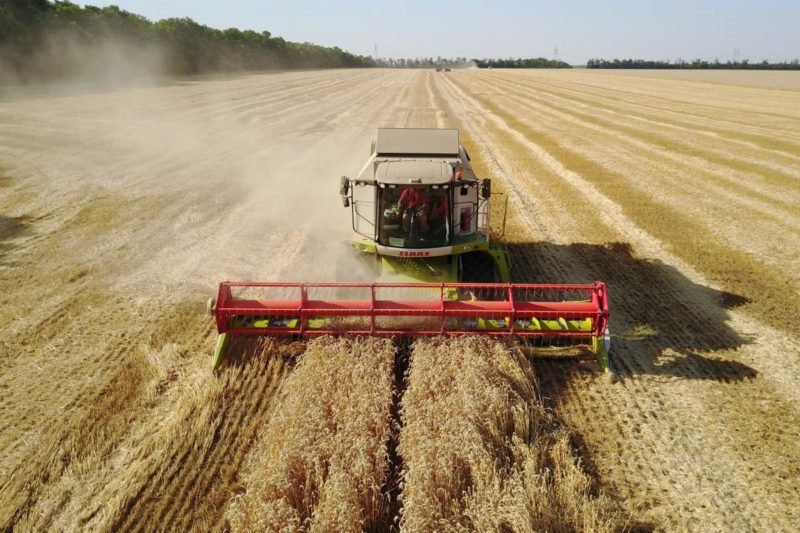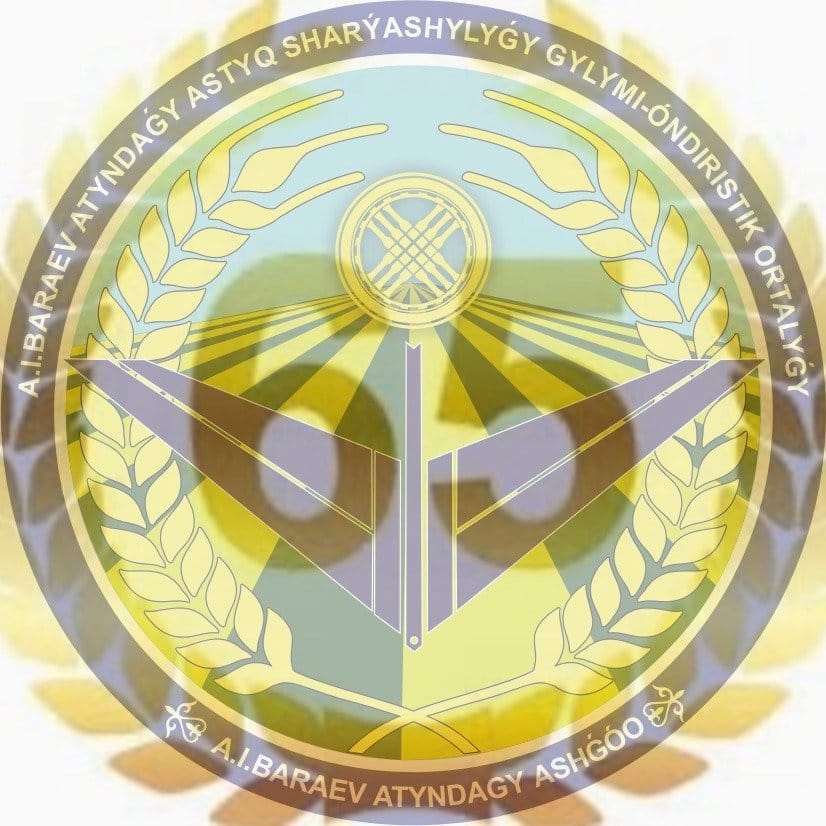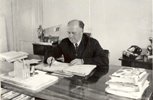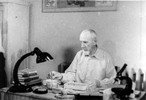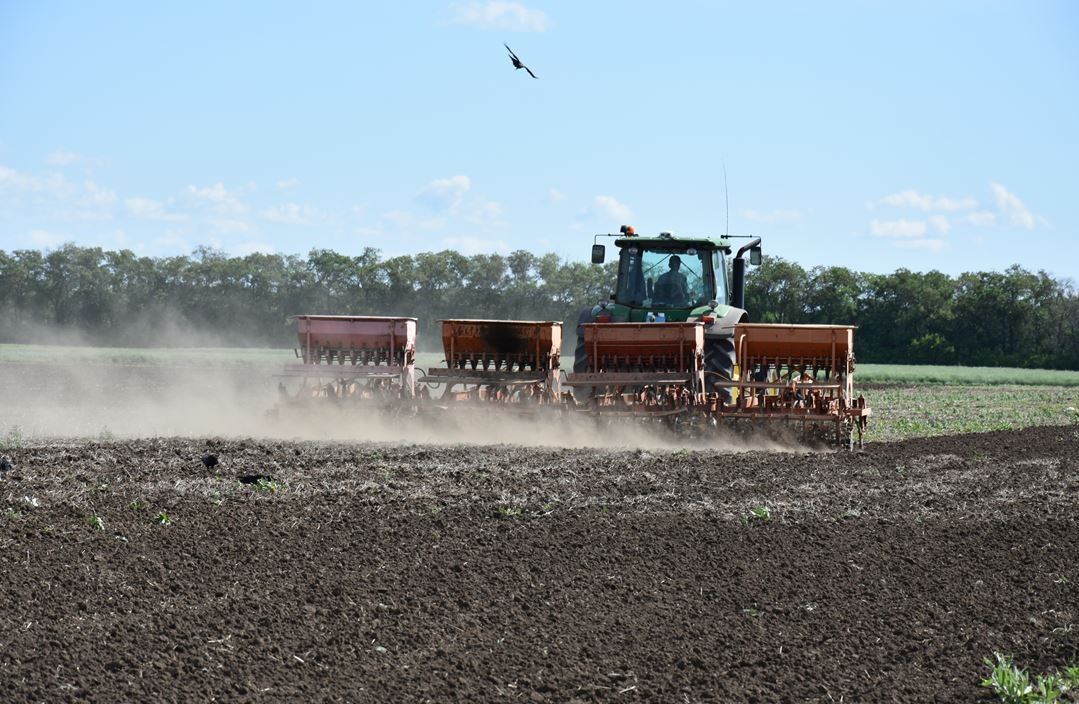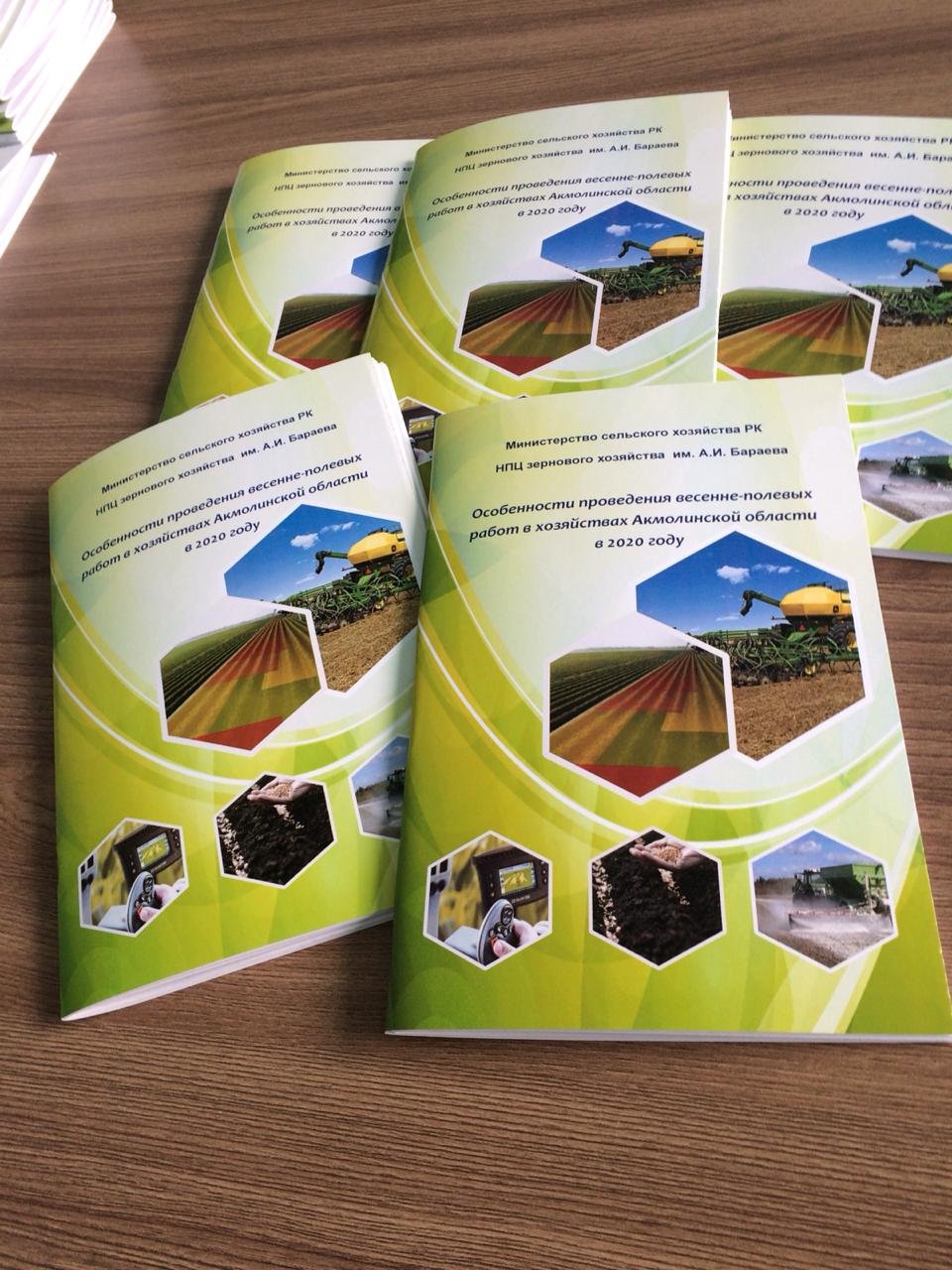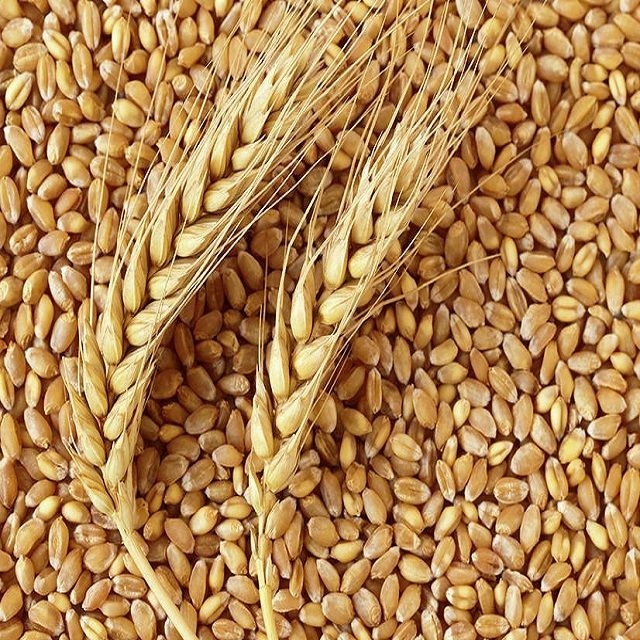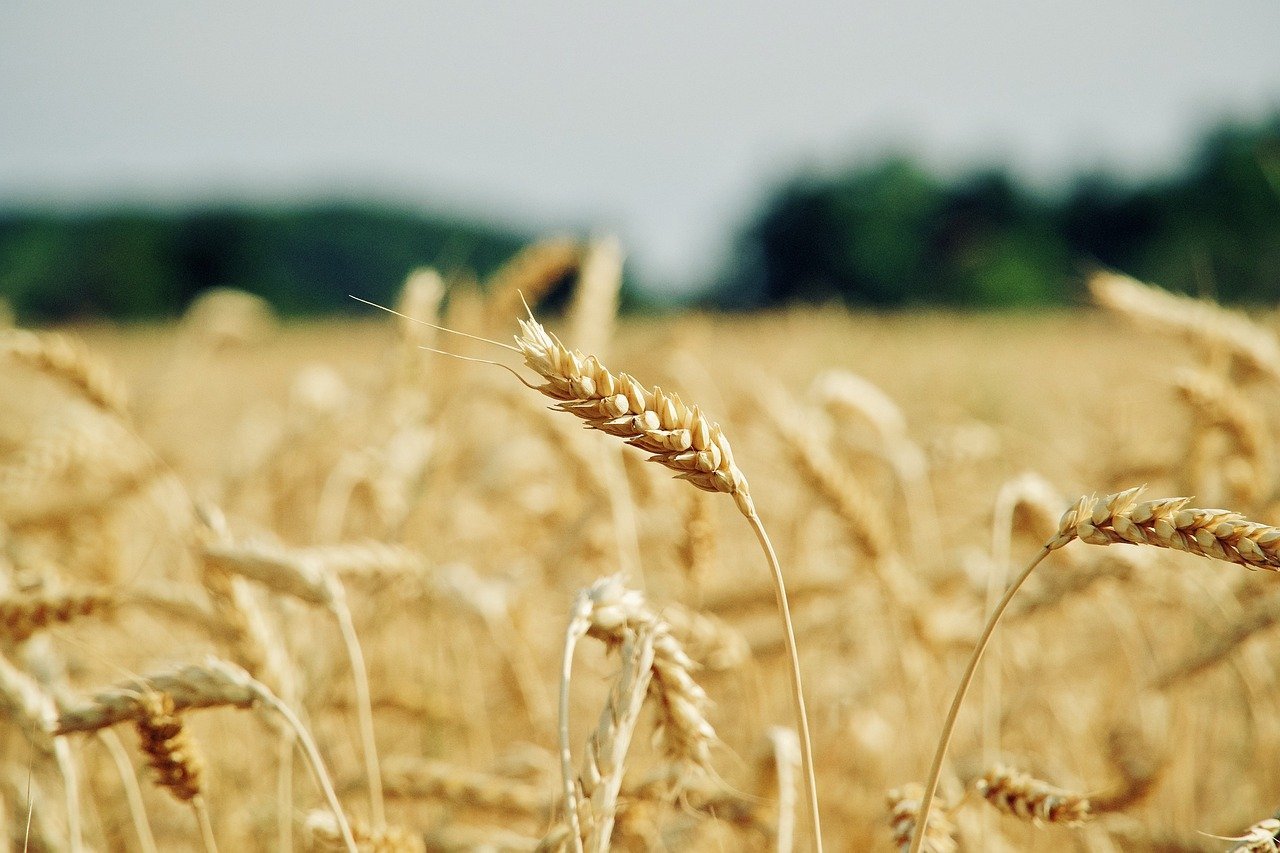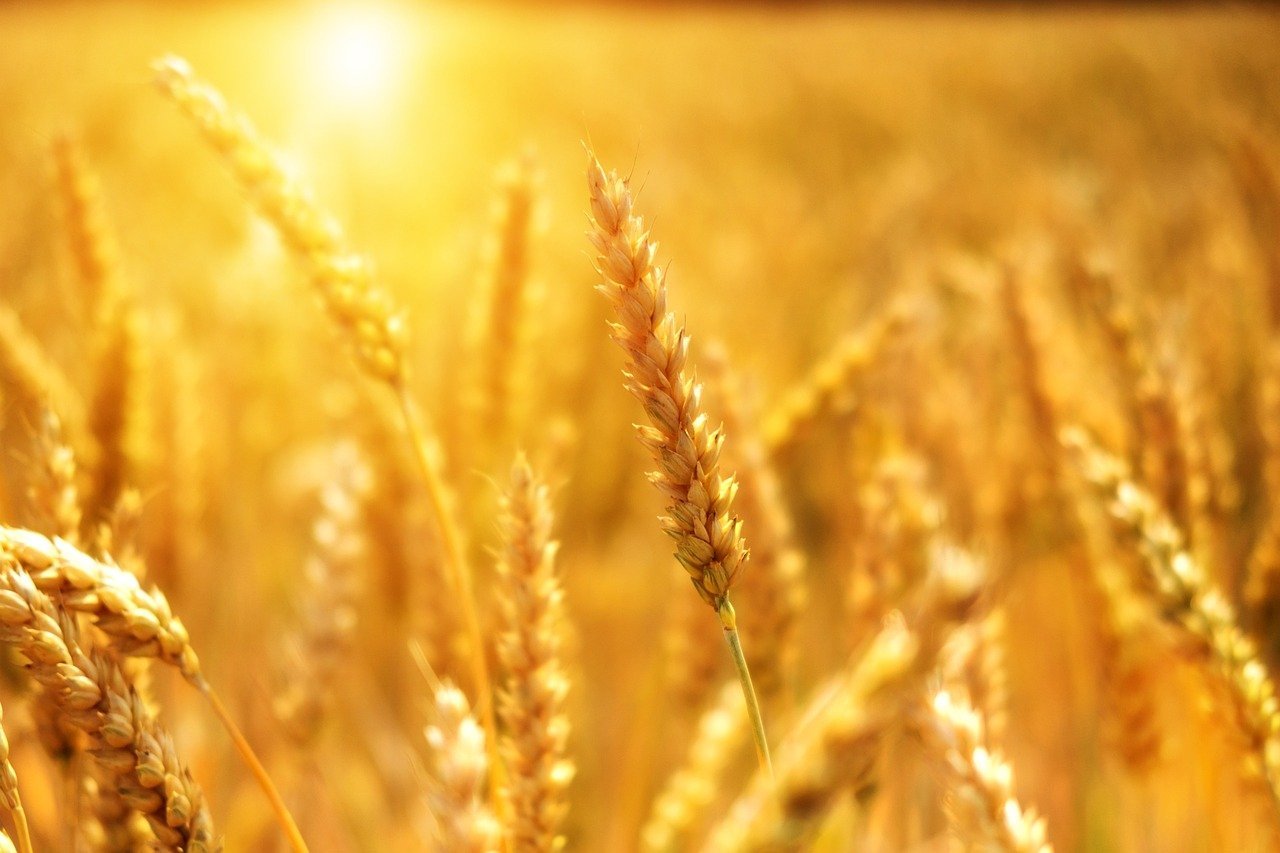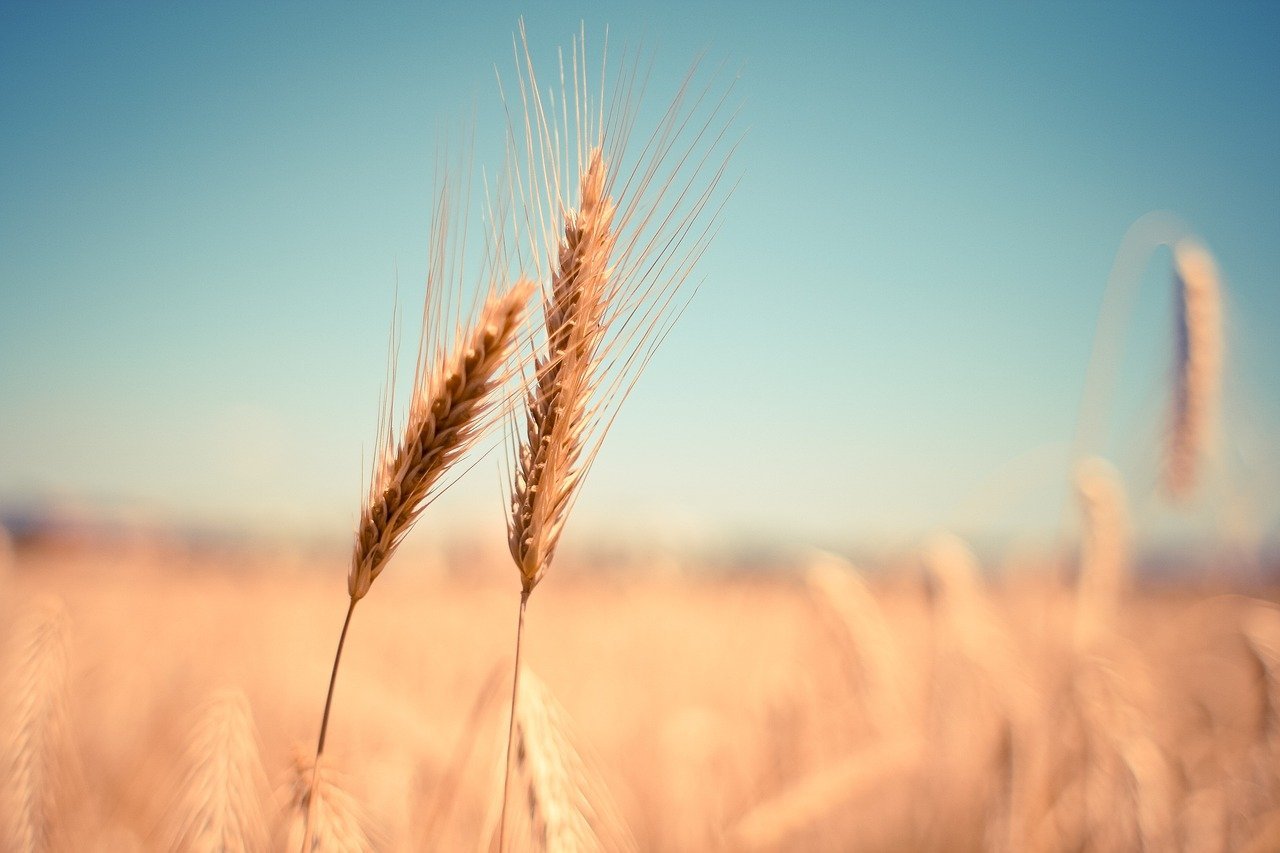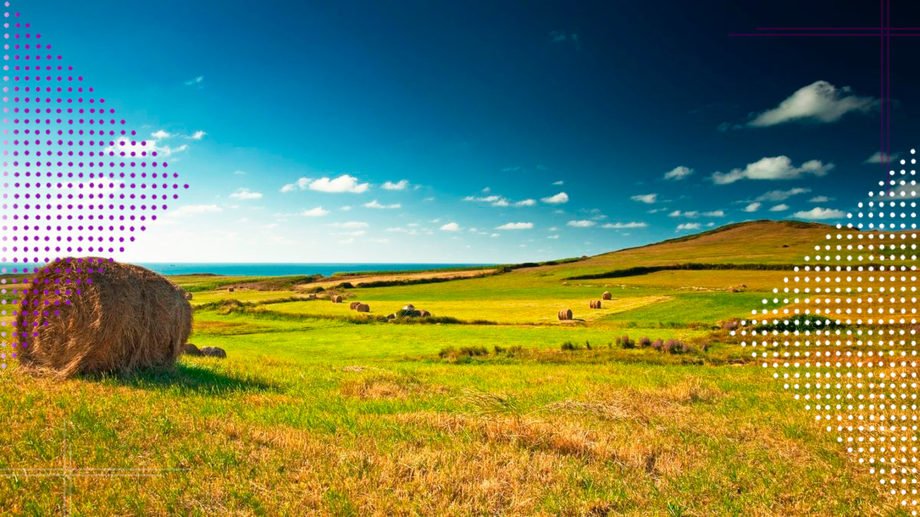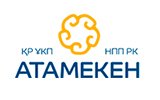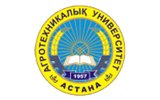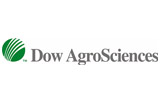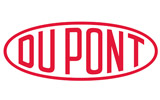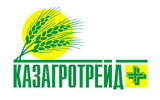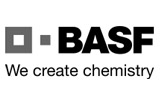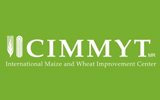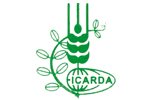Desiccation is the key to preserving the harvest and grain quality
News
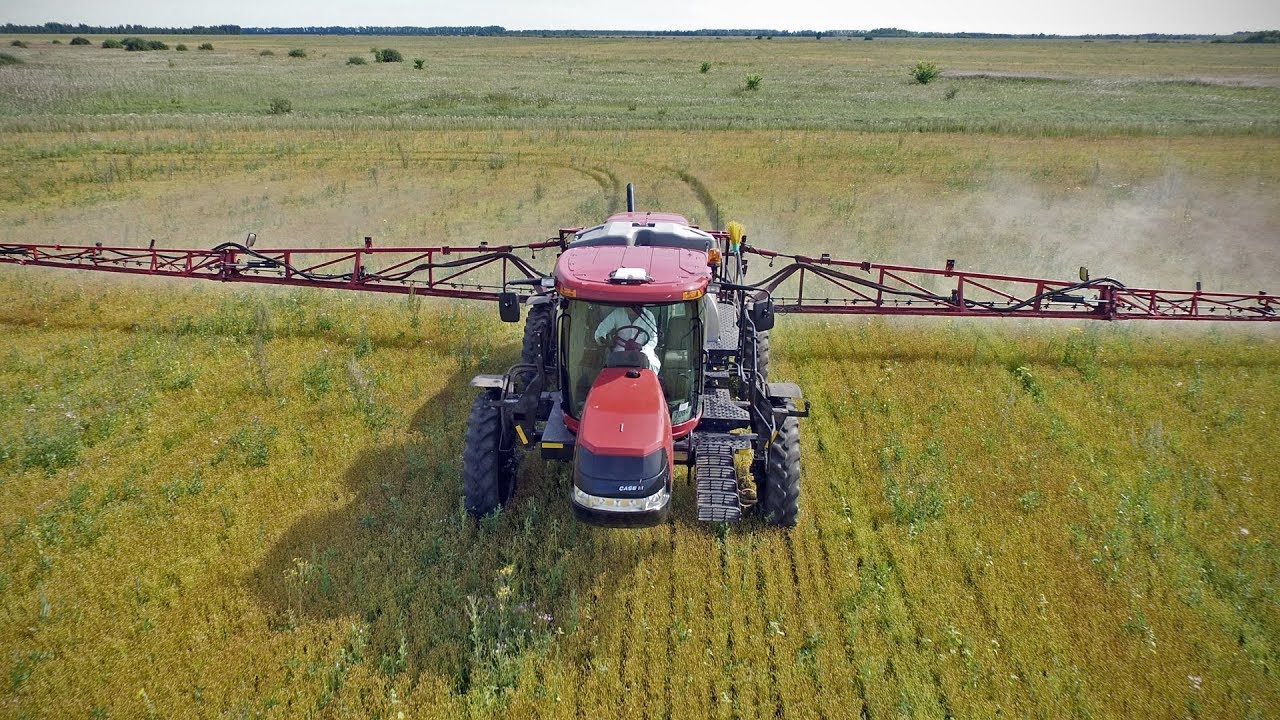
In the conditions of the current 2024, when in the spring period, as well as in July — August, precipitation in the districts of Akmola region exceeded the long-term norm by 2-3 times, the moisture resource is actively used by weeds. In this regard, there is an intensive increase in the contamination of crops everywhere, which introduces certain difficulties in carrying out harvesting operations and shifts their implementation to a later date.Harvesting creates a problem in humidified years, as in the current one, when precipitation falls significantly more than normal during the vegetation period of plants and plants do not have time to mature, especially late sowing dates sown in early June, including cereals, legumes and oilseeds. The appearance of a second wave of weeds on crops, a significant amount of fitting, significantly complicate harvesting, especially with direct harvesters. With such methods, the use of desiccation reduces the moisture content of grain and seeds, reduces poor harvesting, reduces clogging, and also loses poor and the cost of bringing the harvested seeds to the standard. Spraying crops with desiccants before harvesting is especially effective with moderate to severe degrees of contamination. Desiccants based on active devices are used-diquat (REGLON FORTE 200, V.R., TONGARA, V.R., REGION SUPER, V.R., DIKOSHANS, V.R. SUKHOVEY, V.R., etc.) glyphosate (ROUNDUP EXTRA, 54% V.R., TORNADO 540, V.R., HURRICANE FORTE 500, V.R., PASSAT, V.R. and others) and ammonium glucosinate (BASTA, 15% V.R.).
The advantages of treating crops with desiccants:
— acceleration of the ripening of crops and the opportunity to start harvesting them earlier;
— easier cleaning, since all plant matter after desiccation is dry, including weeds;
— additional cleaning of weeds;
— reducing the cost of drying and refining harvested grain;
— prevention of the spread of infectious diseases.
When treating crops with desiccants, it is very important to give the necessary amount of working fluid — 200-300 l / ha to evenly cover all plants. This is especially true in cases of the use of contact preparations based on diquate (dibromide), then the quality and uniformity of desiccation will be ensured. When using systemic glyphosate-based drugs, the amount of working fluid should not be reduced below 150-200 l/ha. The air temperature during desiccation should be at least +10 ° C. In humid, cool weather, desiccation proceeds more slowly, but more evenly and efficiently, and dry and hot weather accelerates the drying process. In general, when using contact drugs based on diquate (dibromide) these processes are completed in 5-8 days, with the use of systemic desiccants (D.V. glyphosate) — after 14-15 days.
Desiccation can harm crops of neighboring fields and plantings, in particular, if spatial isolation is not observed or high wind speed during desiccation.
It is not recommended to use systemic preparations on seed crops, as it is possible not to obtain seeds with high germination. For these purposes, it is allowed to use only contact preparations based on diquate (dibromide), timely treatment, which does not reduce the quality of seeds. It should also be borne in mind that treated plants with prolonged overstocking after desiccation become excessively fragile, which may cause unplanned losses. Spraying of wheat and barley plants with desiccants is carried out at an average grain moisture content of no more than 30%. This period corresponds to the wax ripeness phase and usually occurs 10-15 days before harvesting. Due to the desiccation of cereal grains (by reducing grain moisture and clogging), the quality of grain increases. Grain loss is halved or tripled. Desiccation reduces the harvest time by 5-10 days.
Desiccants are used according to the «List of pesticides authorized for production (formulation), import, storage, transportation, sale and use in the territory of the Republic of Kazakhstan».
According to the materials of the Plant Protection Laboratory of the Scientific and Production Center of Grain Farming named after A.I. Barayev




